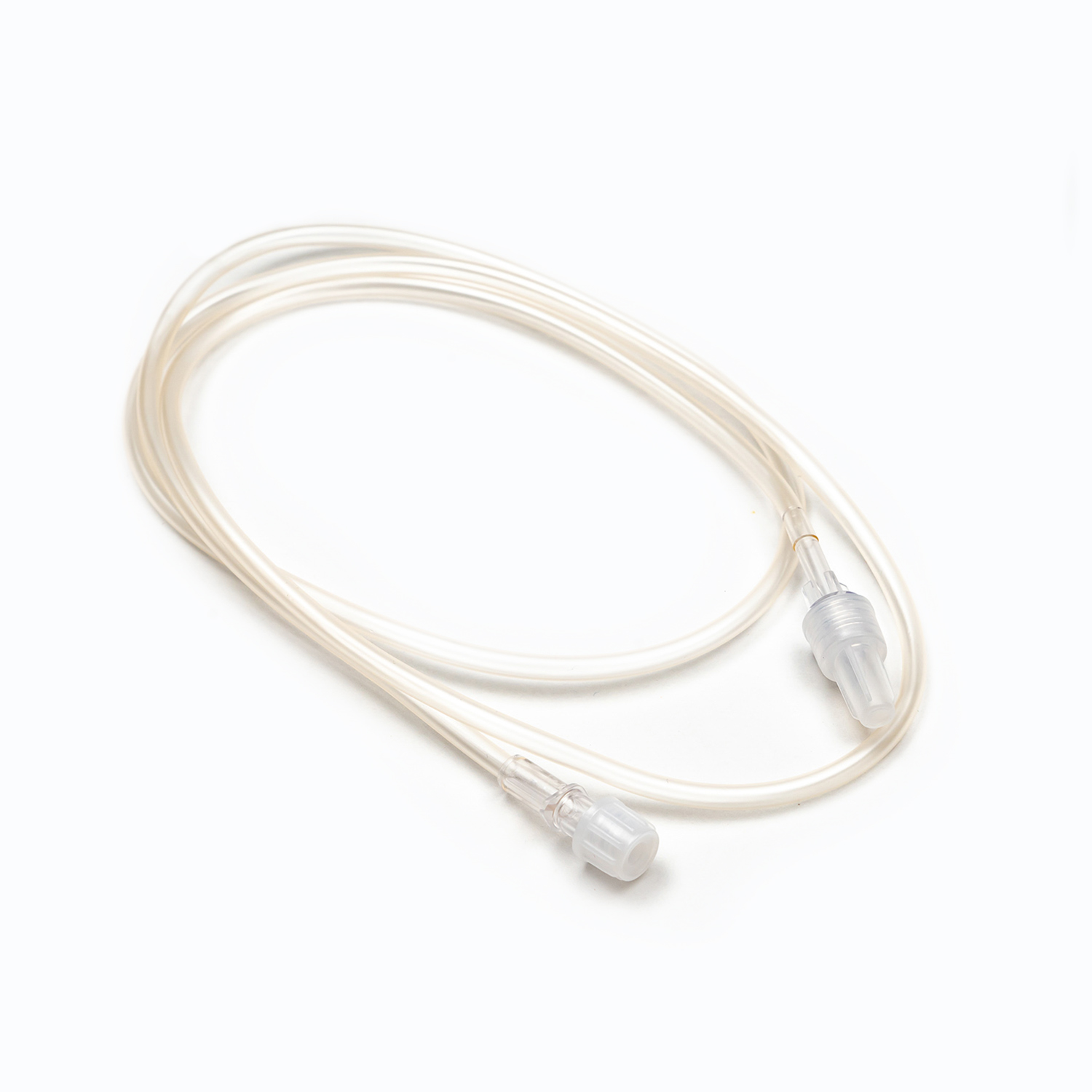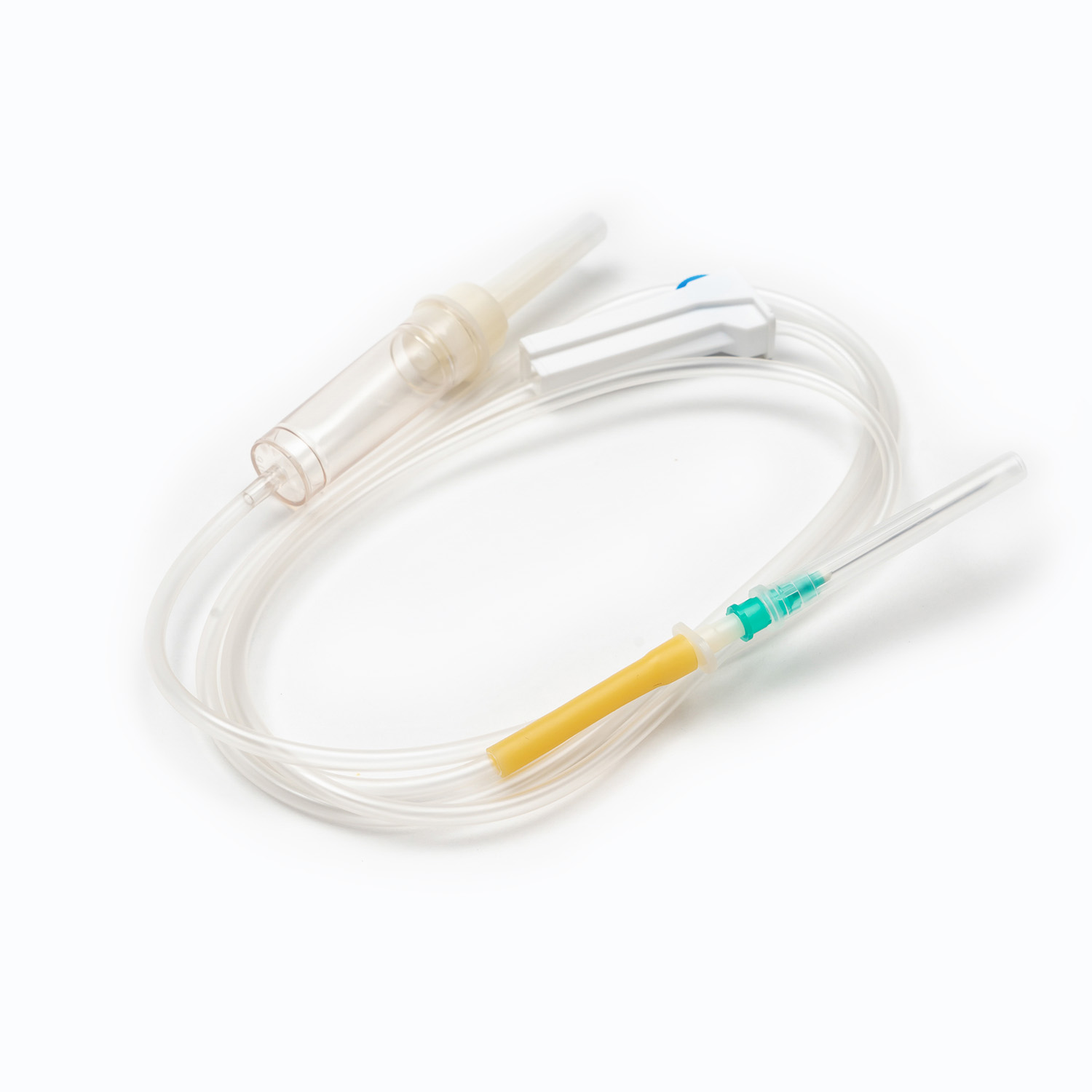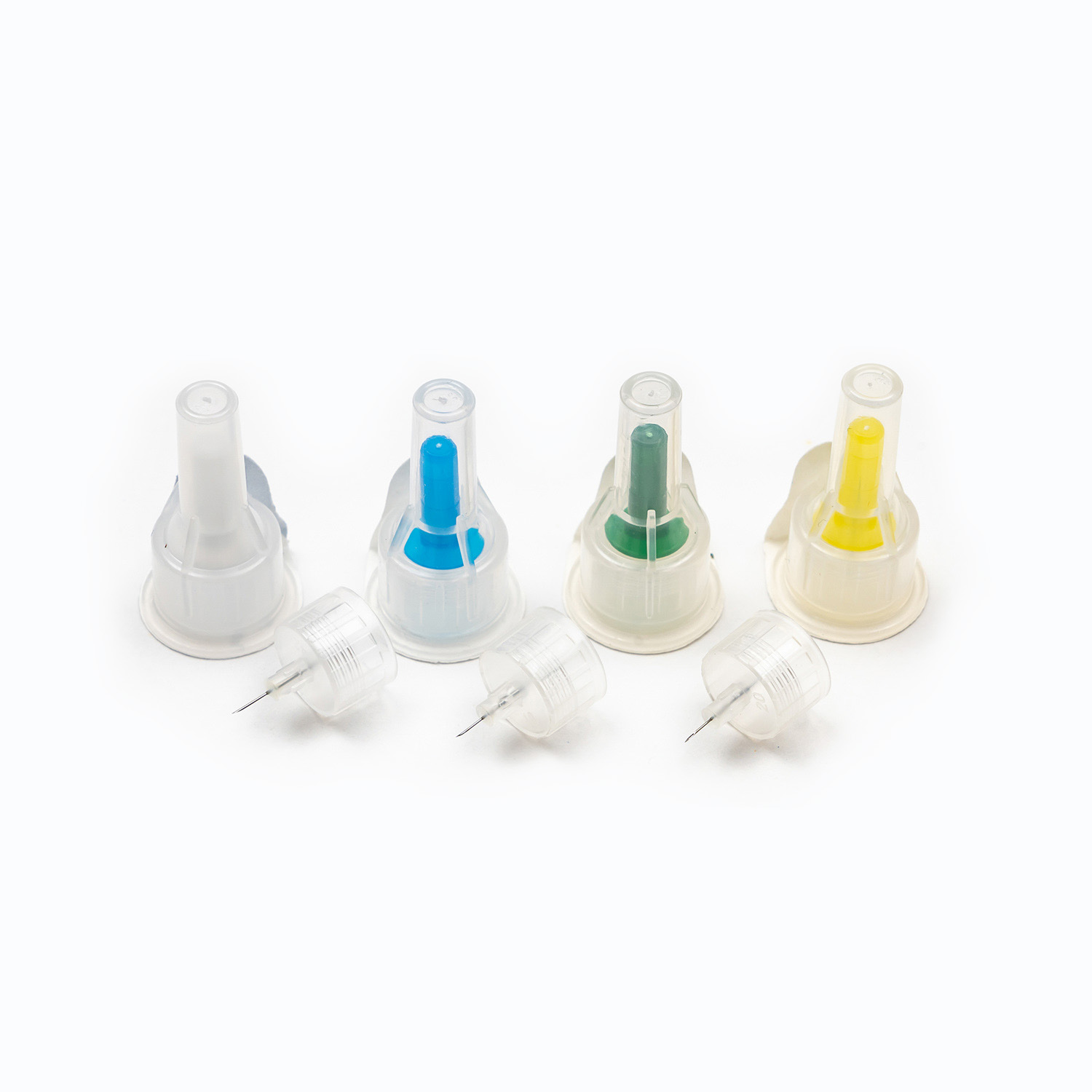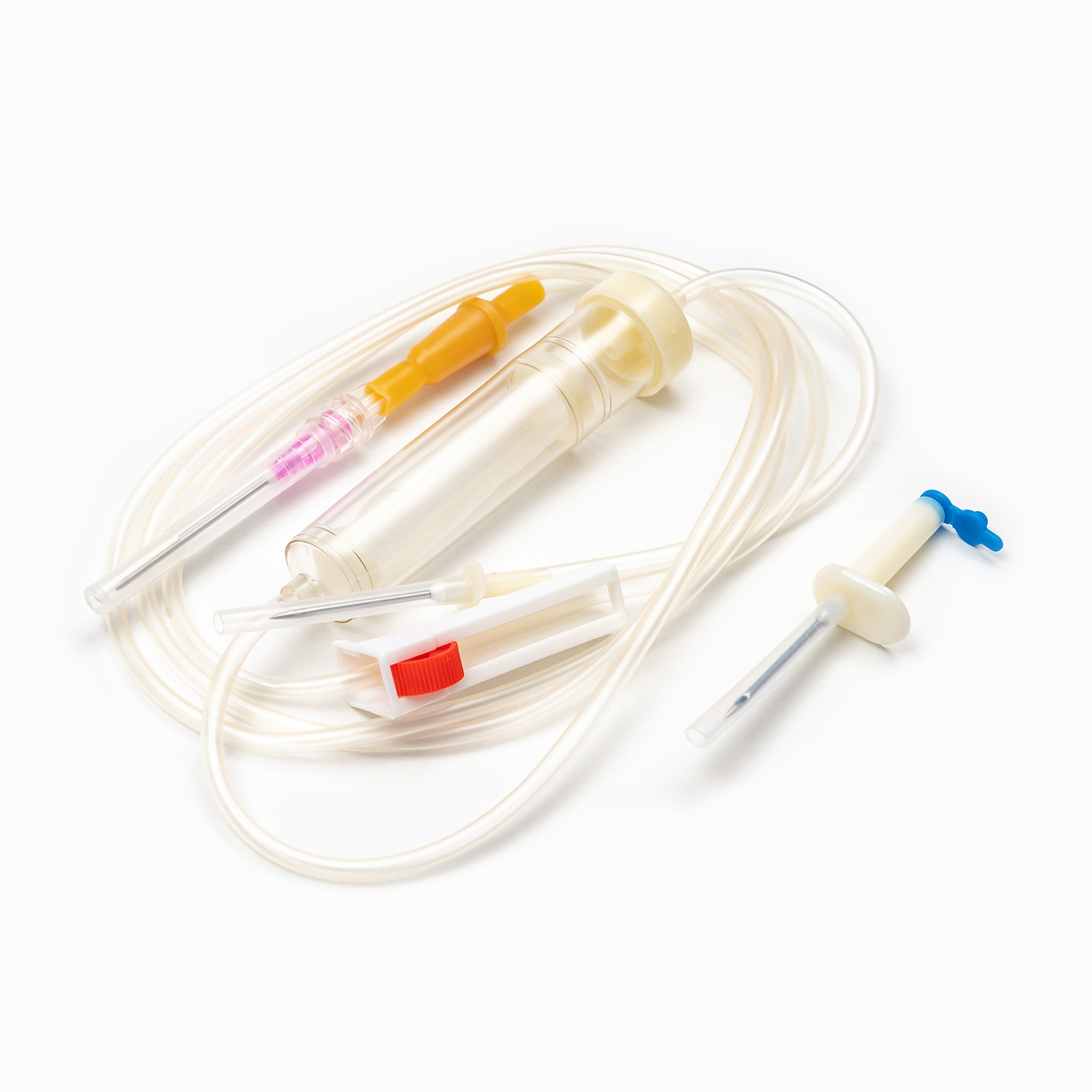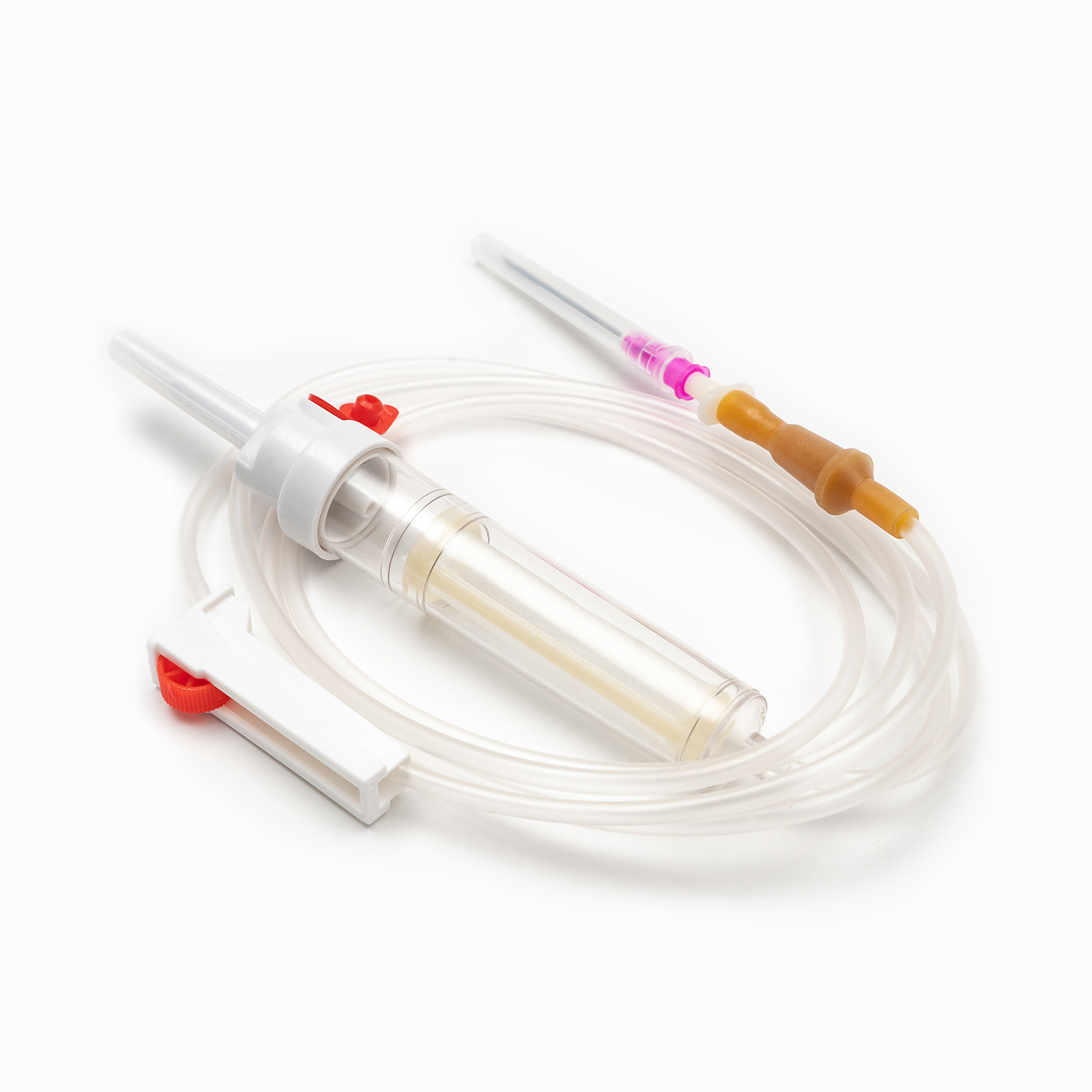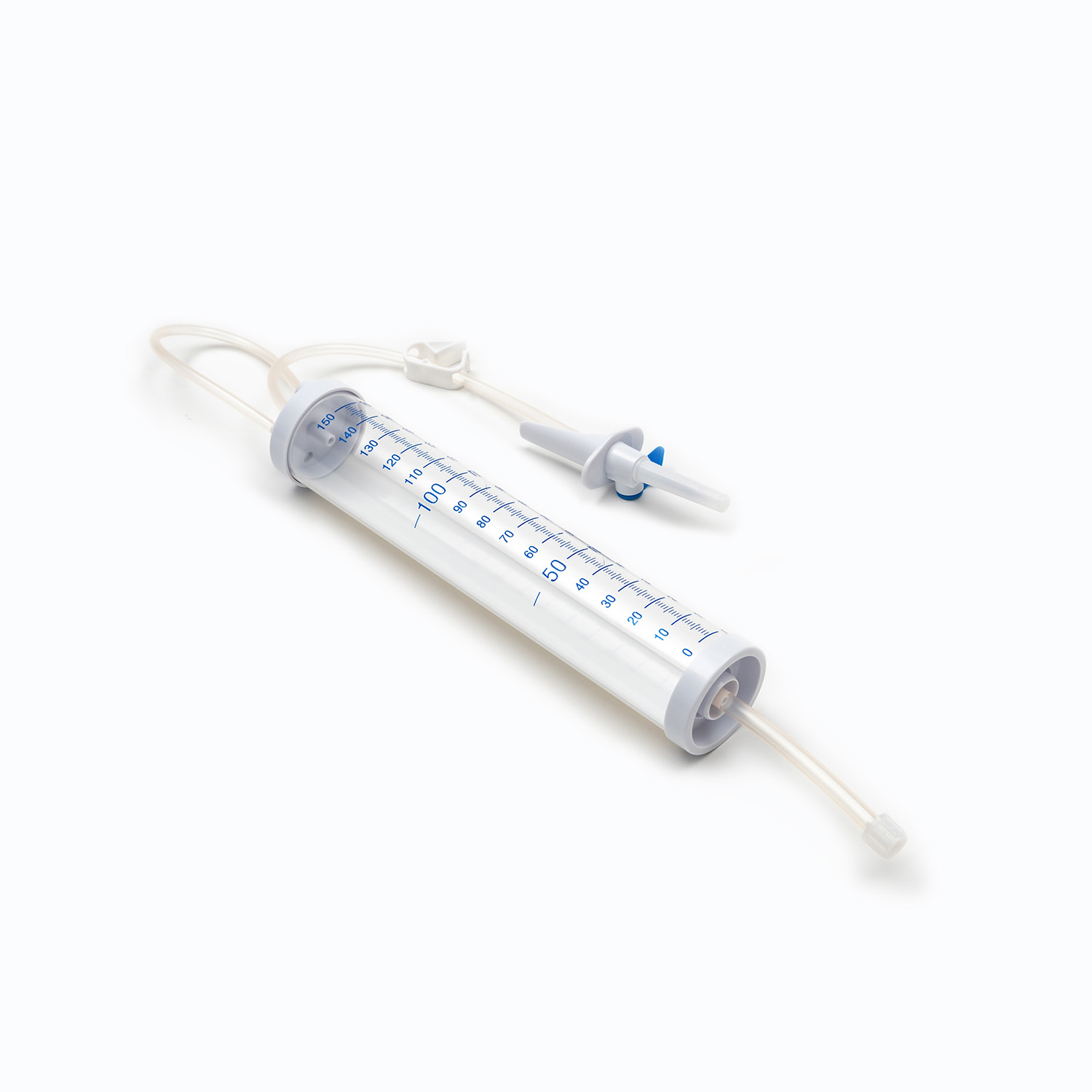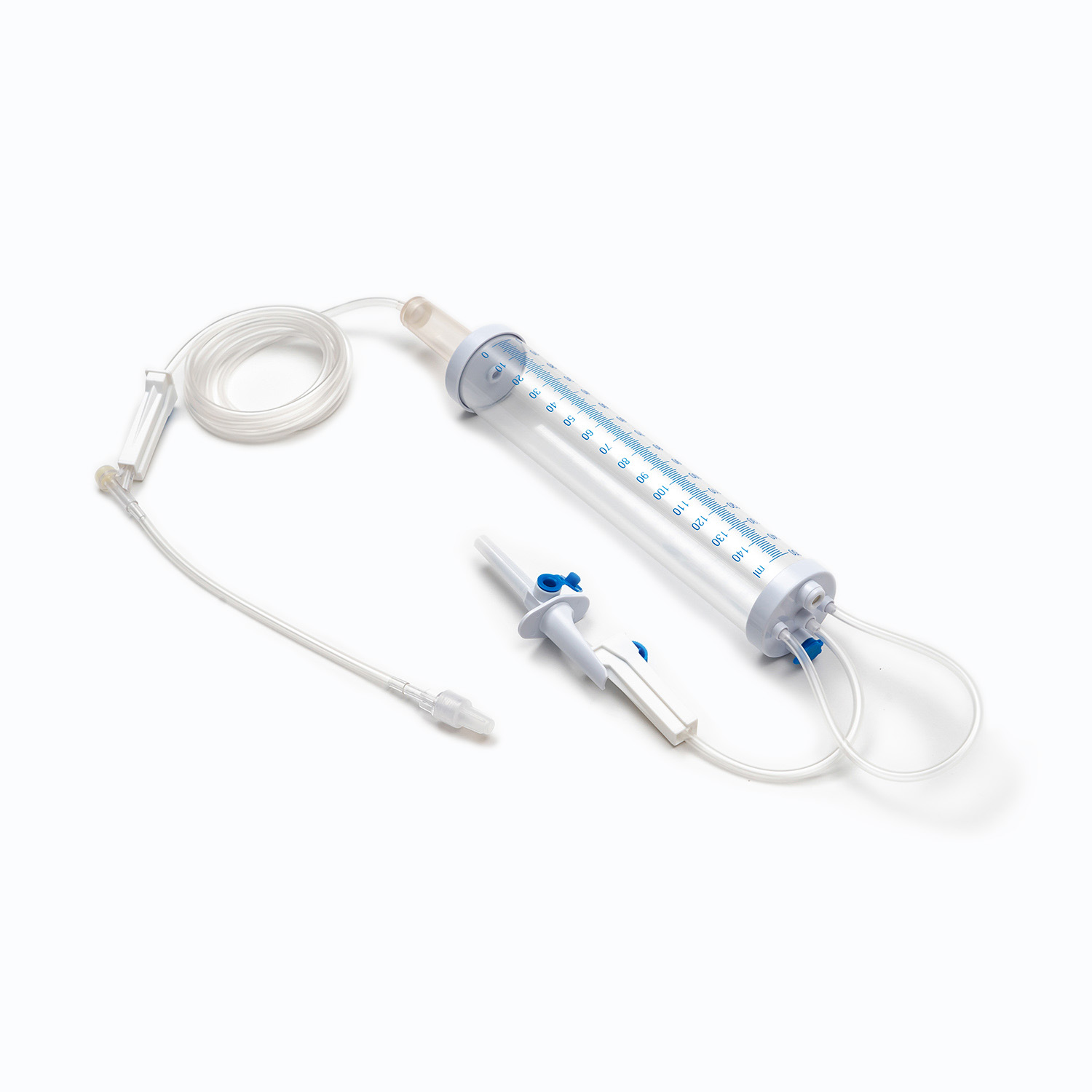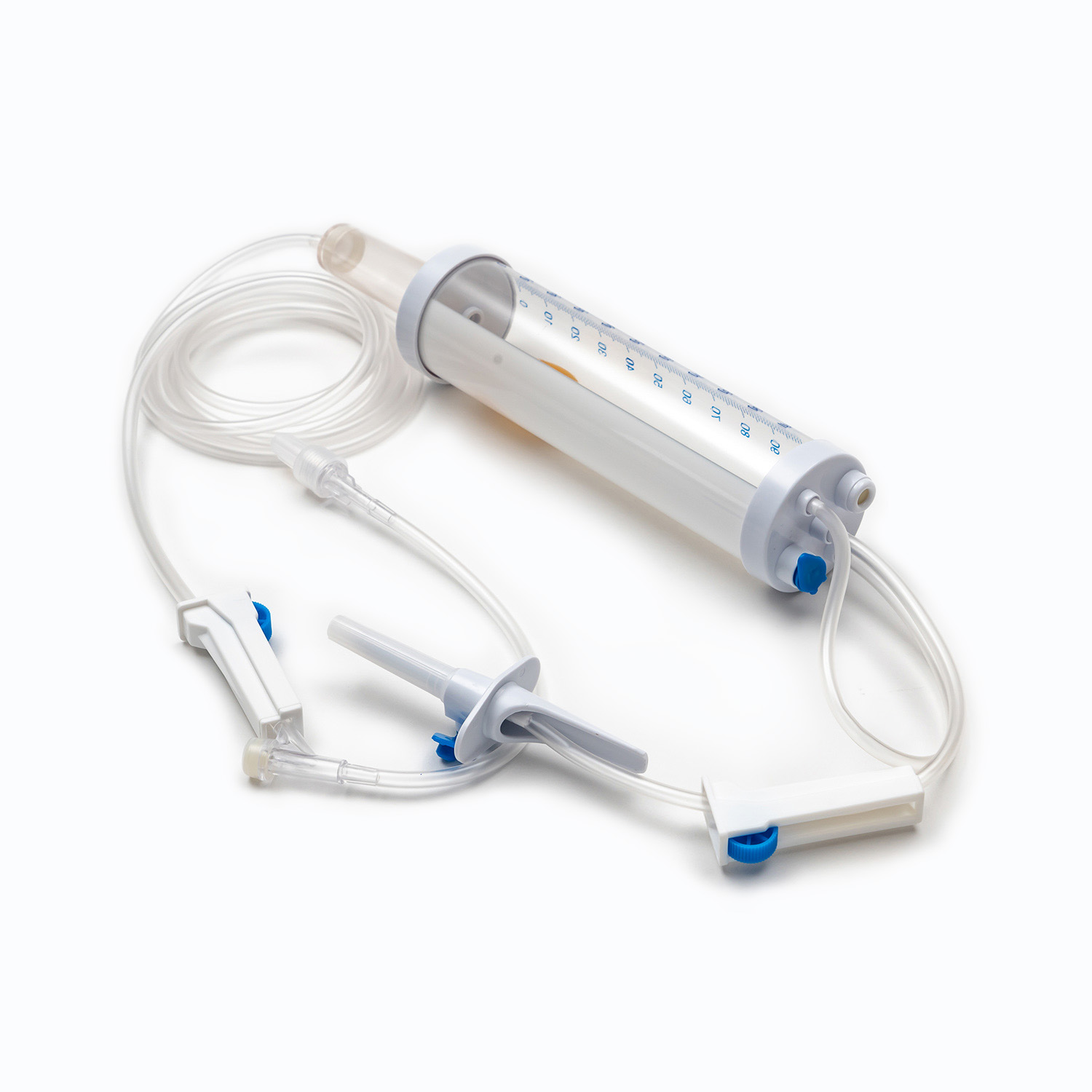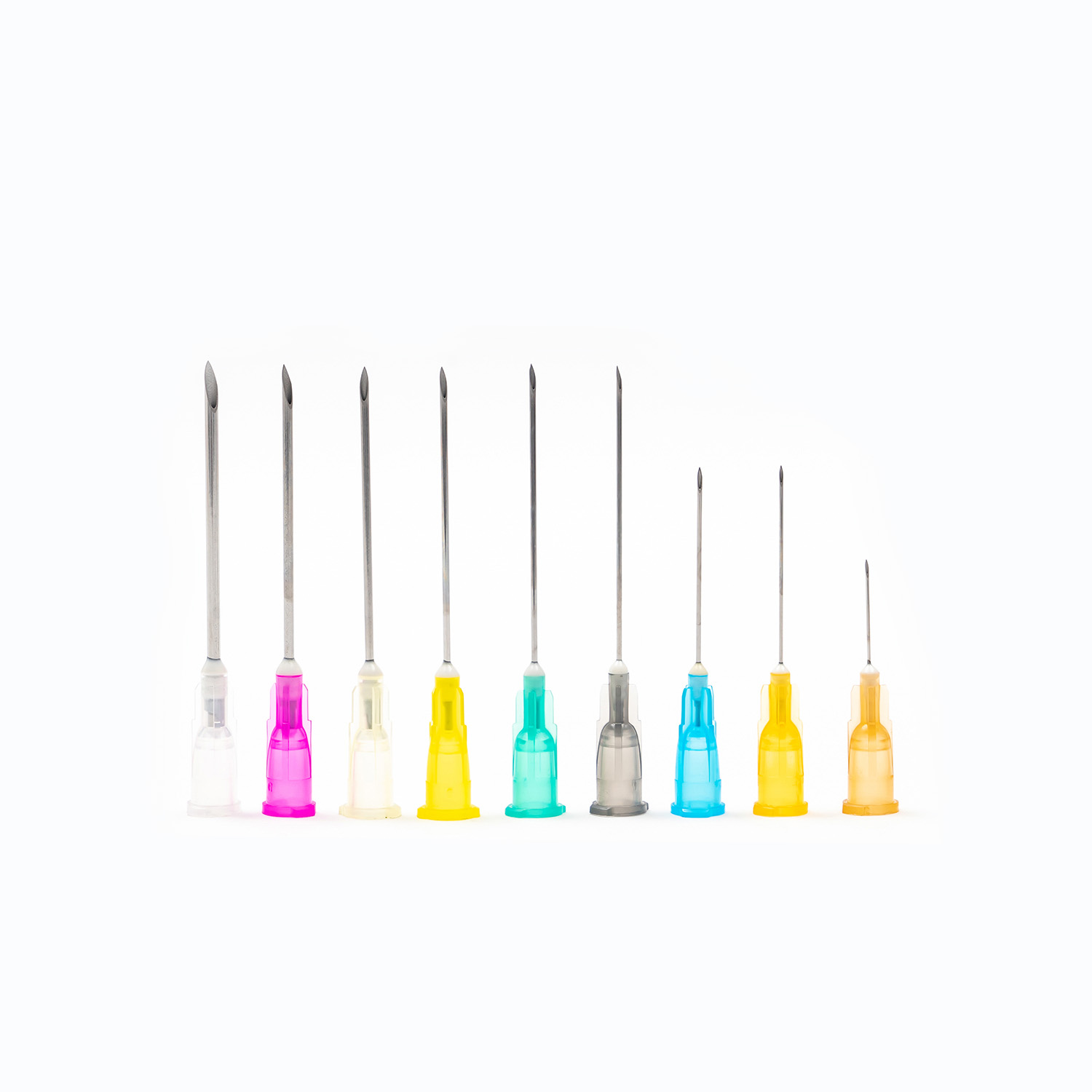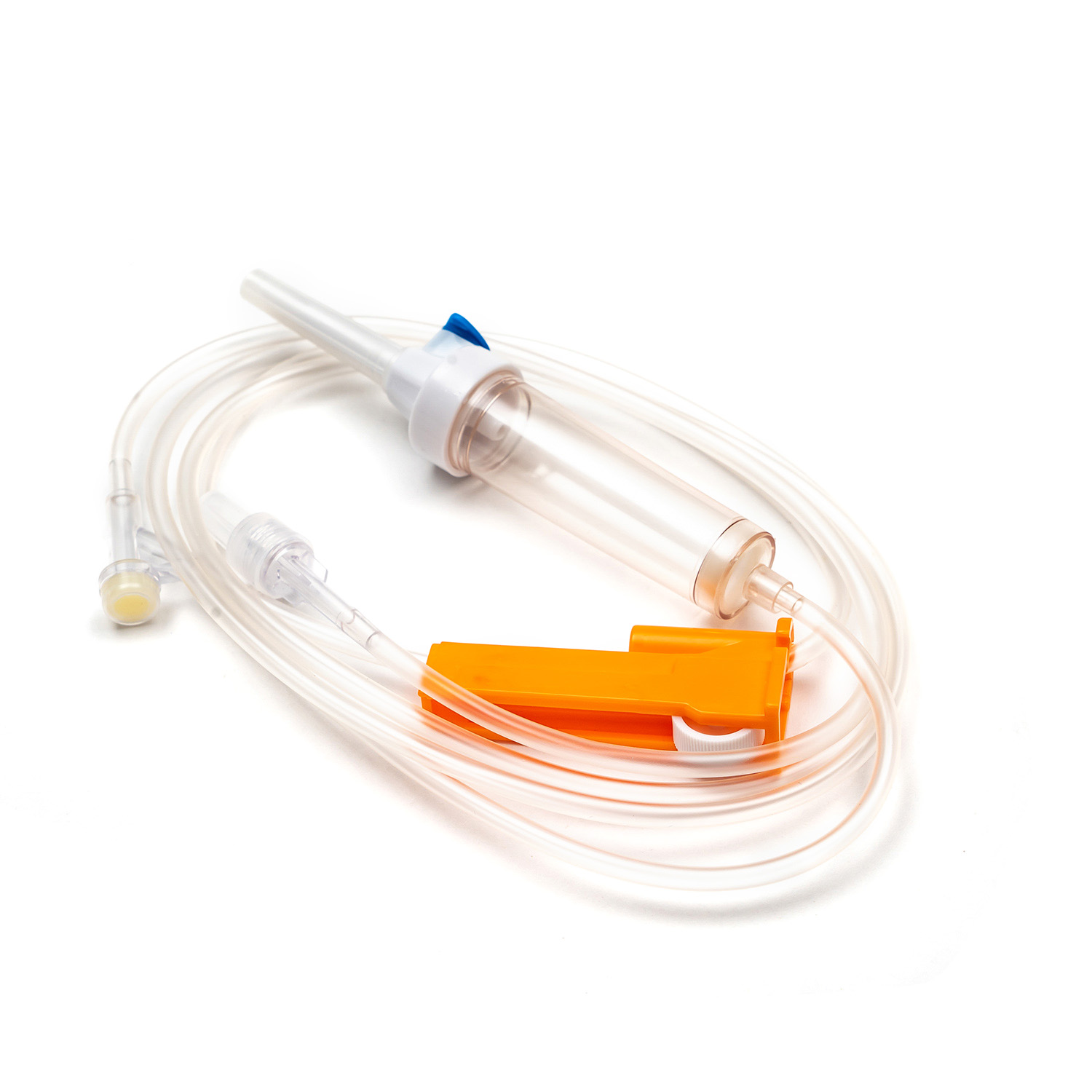Ang pagbabago sa teknolohiya ng urinary catheter: Sino pa ang maaaring makipagkumpetensya sa mga rebolusyonaryo sa mundo ng medikal?
Apr 07,2024
Bilang isang kailangang -kailangan na aparato sa larangan ng medikal, Mga catheter ng ihi Maglaro ng isang mahalagang papel sa pangangalaga sa pag -ihi. With the rapid development of medical technology, urinary catheter technology is constantly innovating and improving, aiming to improve patient comfort, reduce complications, and better meet the needs of different patient groups. Ang kalakaran na ito ay nagbabago sa mukha ng pangangalagang medikal, na nagdadala ng mga pasyente ng isang mas maginhawa at mas ligtas na karanasan sa pangangalaga sa ihi.
Ang mga tradisyunal na catheter ng ihi ay gawa sa goma, silicone at iba pang mga materyales. Bagaman maaari nilang matugunan ang mga pangunahing pangangailangan sa ihi, madalas silang sinamahan ng isang serye ng mga komplikasyon, tulad ng impeksyon at alerdyi. In order to solve these problems, modern urinary catheters have begun to use some materials with better biocompatibility, such as polyurethane, polylactic acid, etc. These materials have excellent biocompatibility and softness, which not only reduce irritation to urethral tissue, but also effectively reduce the risk of infection. Compared with traditional materials, the new materials are gentler and better compatible with human tissue, thereby improving the safety and comfort of the urinary catheter. This technological innovation brings a more reliable and comfortable urination care experience to patients, opening up new possibilities for the application of urinary catheters in the medical field.
As people's requirements for the appearance and comfort of medical devices continue to increase, the design of urinary catheters is also constantly innovating. Ang mga modernong catheter ng ihi ay hindi na isang simpleng tubo, ngunit ang resulta ng isang pagsasanib ng ergonomic at functional na disenyo. Through research on human body structure, the design of the urinary catheter better fits the anatomical characteristics of the urethra and bladder, reducing irritation and damage to the urethral mucosa. In addition, the urinary catheter uses softer and more durable materials, which effectively reduces the patient's discomfort and improves the comfort of the catheterization process. In terms of functional design, the urinary catheter is equipped with smart sensors, micro-pumps and other technologies, which can monitor urine conditions in real time and perform regular urination according to the patient's needs, which greatly facilitates the patient's daily life. These innovations make modern urinary catheters a reliable partner in urinary care, providing patients with a more convenient and comfortable care experience. Halimbawa, ang pinuno ng catheter ay dinisenyo na may isang makinis na curve upang mabawasan ang pangangati sa urethral mucosa; the outer surface of the catheter is coated with a layer of special lubricant to make it easier to insert and remove, reducing The patient's pain.
In addition to innovations in materials and design, modern urinary catheters also incorporate some smart technologies to give them more functionality. For example, some urinary catheters are equipped with smart sensors that can monitor the pH value, color, temperature and other parameters of urine in real time to help doctors understand the patient's health status; Ang iba pang mga catheters ay may built-in na micro-pump na maaaring magamit ayon sa mga pangangailangan ng pasyente. Regular na binabawasan ang pag -ihi ng dalas ng pag -ihi at pinapabuti ang kalidad ng buhay ng pasyente.
Sa patuloy na pagsulong ng teknolohiyang medikal, ang teknolohiya ng urinary catheter ay magpapatuloy na magbago at bubuo. Future urinary catheters may be more intelligent and can automatically adjust urinary parameters according to the patient's individual characteristics and condition to achieve personalized treatment. Kasabay nito, ang mga materyales at mga proseso ng pagmamanupaktura ng mga catheter ng ihi ay patuloy na mapapabuti upang mapabuti ang kanilang kaligtasan at ginhawa. In addition, with the development of biomedical engineering technology, future urinary catheters may be more biocompatible and even fuse with human tissue to reduce discomfort during urination.
Ang mga makabagong ideya sa teknolohiya ng urinary catheter ay hindi lamang ginagawang mas maginhawa ang pangangalaga sa ihi, ngunit mapabuti din ang kalidad ng buhay ng mga pasyente. Habang ang teknolohiyang medikal ay patuloy na sumusulong, ang aming mga inaasahan para sa hinaharap ng teknolohiya ng catheter ay mas mataas. We believe that future catheter technology will be more intelligent and personalized, able to better adapt to patients' needs and provide safer and more comfortable urinary care services. Magdadala ito ng higit na kaginhawaan at pag -aalaga sa mga pasyente, at magdadala ng higit na pag -unlad sa larangan ng pangangalagang medikal.




